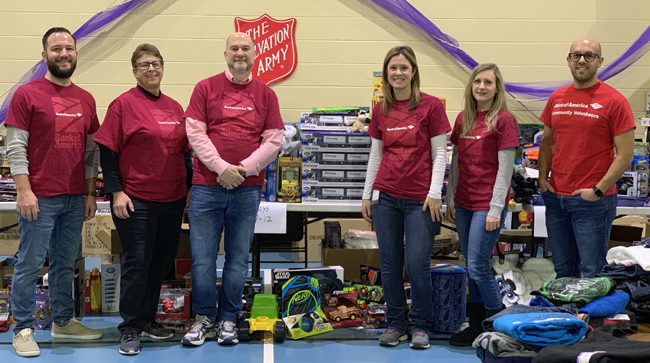For many years—generations even—there might not have even been a well-used vocabulary for what we today refer to as diversity and inclusion.
In many businesses, it wasn’t even considered for the people who worked there, because they looked pretty much like everyone else.
And with those managing an organization’s hiring practices either not aware of the concept or the need to seek a diverse workforce, it would have been natural, albeit less than ideal.
At Corp! magazine, which happens to be owned by a woman, the idea of promoting diversity and inclusion through events like the Salute to Diversity event that occurred this fall is hardly new.
In fact the annual event has been an integral part of the magazine’s mission of providing value to the business community, in large part by recognizing the efforts of companies and individuals who are making a difference in the workplace.
Following this year’s event—held on September 13 at Detroit’s International Banquet and Conference Center—we reached out to a select number of winners, hoping to engage them in roundtable-style conversations intended to accelerate the change around diversity and inclusion.
Through those conversations, which were conducted in groups and several one-on-one sessions, we were able to gather insights, share challenges and, yes, congratulations for progress made in the kind of cultural change that those involved in advancing diversity and inclusion practices remain committed to achieving.
Embracing diversity ‘by accident’
One of our one-on-one conversations was with Joe Gerstandt, a well-recognized authority on diversity and inclusion who spoke at the Corp! diversity event.
Based in Omaha, Gerstandt told us he took on the mission of helping organizations with their diversity challenges “a little bit by accident.”
When we spoke, Gerstandt said there was a day—probably 30 years ago or more—when the topic of diversity in the workplace would have had him rolling his eyes.
“I don’t think I took diversity terribly seriously,” he said, recalling a story that included him exhibiting homophobic behavior, perhaps the result of growing up in a small rural area and then spending four years serving in the Marine Corps.
The “change agent” for Gerstandt was his post-military enrollment in an agricultural business studies program at Iowa State University, where he earned a degree in the subject.
“While before it was safe to be homophobic, things were different in college,” said Gerstandt. “When I said things, people weren’t afraid to push back and that meant my logic was being challenged. I’d say that was one of the turning points, a small one, but it caused me to re-examine my thoughts.”
At the end of a long series of those examinations, Gerstandt says he came to recognize much of what he had grown up with and practiced was simple bigotry.
With a career that has included working for the Nebraska AIDS Project and the National Conference for Community Justice, today Gerstandt spends much of his time helping leaders design and deliver a more inclusive employee experience.
Through his work, he has come to understand just how complex the ideas related to diversity and inclusion can be.
For example, even the definition of inclusivity can be a problem for some, not because they disagree with the concept, but because it’s not clear what it really means.
“I don’t know if there’s one correct answer to what inclusion means,” said Gerstandt. “It can vary from organization to organization and in order to see change take place, we need to know what we’re talking about.”
Which is why conversations like the one we had preparing for this article are so important. And so key to advancing change.
Diversity around special needs
Ask Brent Mikulski, the CEO of STEP—Services to Enhance Potential—and the discussion around diversity and inclusion starts with his own constituency and mission, which is to provide support and services to over 1,400 individuals with disabilities and other mental health needs in the Wayne County area.
“Inclusion is important to us for the simple reason that when one of the individuals we serve is able to help an organization fill a talent need, we’re making a difference,” he said.
Mikulski is seeing evidence of a change in attitude among employers who are now more aware than ever of the opportunity that is represented in being more inclusive in their hiring decisions.
Looking at another piece of the diversity and inclusion mosaic is Stephanie Burnley, co-CEO at Devon Industrial Group, where she is in the process of succeeding her father (David Burnley Sr.) in running the business.
What would Stephanie Burnley most like to see when it comes to change related to diversity and inclusion?
“Being an African-American woman, I’d like to see the men I come across hear me rather than just look at me and make assumptions,” she said. “I’ve been around and no, I’m not going to lead us into failure.”
Success, she added, will come when “everyone understands who you are.”
Something as simple as “making sure everyone gets to come home with something” is part of Burnley’s mission.
Another woman who leads a next-generation firm is Tricia Ruby, who took over as CEO of Ruby + Associates, an engineering and construction firm, from her father, David Ruby, in 2011.
For somewhat obvious reasons, she remains passionately committed to advancing gender equality in a typically male dominated industry, doing so by supporting women in STEM—Science, Technology, Engineering, and Mathematics.
Diversity around special needs
Ask Brent Mikulski, the CEO of STEP—Services to Enhance Potential—and the discussion around diversity and inclusion starts with his own constituency and mission, which is to provide support and services to over 1,400 individuals with disabilities and other mental health needs in the Wayne County area.
“Inclusion is important to us for the simple reason that when one of the individuals we serve is able to help an organization fill a talent need, we’re making a difference,” he said.
Mikulski is seeing evidence of a change in attitude among employers who are now more aware than ever of the opportunity that is represented in being more inclusive in their hiring decisions.
Looking at another piece of the diversity and inclusion mosaic is Stephanie Burnley, co-CEO at Devon Industrial Group, where she is in the process of succeeding her father (David Burnley Sr.) in running the business.
What would Stephanie Burnley most like to see when it comes to change related to diversity and inclusion?
“Being an African-American woman, I’d like to see the men I come across hear me rather than just look at me and make assumptions,” she said. “I’ve been around and no, I’m not going to lead us into failure.”
Success, she added, will come when “everyone understands who you are.”
Something as simple as “making sure everyone gets to come home with something” is part of Burnley’s mission.
Another woman who leads a next-generation firm is Tricia Ruby, who took over as CEO of Ruby + Associates, an engineering and construction firm, from her father, David Ruby, in 2011.
For somewhat obvious reasons, she remains passionately committed to advancing gender equality in a typically male dominated industry, doing so by supporting women in STEM—Science, Technology, Engineering, and Mathematics.
Building a ‘different’ workforce takes time—and commitment
On the west side of Michigan is Luis E. Avila, a partner at Varnum LLP, where he co-chairs the diversity and inclusion efforts at the law firm, one of the state’s leading practices.
“It’s important to be more intentional with recruiting efforts and that’s something we’re doing here,” he said.
Varnum also helps, on an ongoing basis, entrepreneurs who come from ethnically diverse backgrounds and who might not otherwise have the resources to start a business.
The firm also takes diversity and inclusion a step further by reaching out to community leaders for advice on its hiring practices.
“We look for ways to improve what we’re already doing,” said Avila. “And we’re willing to be vulnerable in that area.”
Clifford Brown, whose 20 years of experience in urban development has taken him to the managing partner role at Woodborn Partners based in Southfield, would most like to see equality of opportunity for people who “start behind and don’t have the resources to take the risk” necessary to advance.
Sabrina Gaddy-Bollinger, director of Affordable Housing at FOURMIDABLE, a national real estate management company, now sees the organization as benefiting from a much more diverse workforce than existed when she joined the firm some 23 years ago.
She adds that people who work at FOURMIDABLE appreciate the fact that their differences are now celebrated.
“When you have a variety of people, there are so many different views and that actually gives us an advantage over other firms,” says Gaddy-Bollinger. “At one point most of the people working here were Caucasian. That’s no longer the case.”
Thanh Tran, a software developer by profession, who came to America as a youngster, says his childhood—growing up in an almost exclusively white environment (his family’s immigration from Vietnam was sponsored by a Grand Rapids church)—had a deeply negative impact. When he started his firm he promised himself he would actively seek to build in diversity.
“It’s not just about how people look, but how they think and the creativity that comes from having different traditions,” he said.
Now a serial entrepreneur, Tran is the founder of AccelerateKID, a business that provides after-school exposure to technology, while balancing for-profit work by directing a portion of revenue to under-resourced schools.
Bankers reflecting their community
At Flagstar Bank, Mary Mbiya, now vice president of Diversity and Inclusion, found herself leading a strategy around an action pledge made by CEO Alessandro P. DiNello in 2017.
While directing the bank’s diversity strategy, Mbiya says she sees the need to keep in mind that there are so many different experiences and cultures in the organization.
“Taking the time to listen and learn is key,” she said. “The learning curve has been very steep and we’re such a large organization, with mortgage lending operations in all 50 states. It’s also important to remember that we all have bias and we all come from different places. For me, I get to inspire people to become more aware of those differences.”
That sense of different perspectives is also important to Mary Oxendine Adams, owner of Human Capital Staffing, LLC, the firm she founded some 22 years ago.
“At one point, we were all female and mostly Caucasian,” she notes. “Today, we have a much broader range of ethnicities and also ages. That gives us different perspectives and different opinions that come from life experiences. It does make for a stronger company.”
That is also true with Swatee Kulkarni, owner of GDI Infotech, Inc., an Ann Arbor software development firm that she and her husband started in 1993.
Originally from India, Kulkarni says the color of a person’s skin is irrelevant. She estimates the firm has recruited at least 1,500 candidates from around the world and it’s how people work together that makes the difference.
Elinor Ho, the principal advisor at Secure Planning Strategies, would agree, although the “internationalization” of her firm was not by design.
“It just happened that way,” says Ho, who is originally from Hong Kong and whose firm specializes in providing services to individuals with special needs.
Painting a big picture around diversity
And then there’s Quicken Loans, the Detroit-based financial services powerhouse that counts itself as being “more than a profit” enterprise.
Diversity and inclusion efforts at the firm are largely steered by Trina Scott, who was recruited from Ernst & Young, where she spent a decade before being tapped by Quicken Loans to take on a diversity and inclusion role in January 2017. In March 2018 she was promoted to vice president of the Quicken Loans Family of Companies.
It was that first year that Scott, who was a certified bank fraud examiner, looked to the firm’s HR director and others. One of those was KimArie Yowell, the firm’s vice president of Talent Development, who helped her create a path by which the organization could begin to dramatically improve its diversity stance.
A big part of that is identifying the people in the geographic areas where Quicken Loans operates, to see where improvements could be made.
“When we talk about attracting top talent from a diverse perspective, it has to be intentional,” said Scott. “We’ve expanded our scope from being dominantly white and looking outward to become much more intentional in our recruitment strategies.”
That included forging relationships with schools that are in the Historically Black Colleges and Universities network.
“Bringing intentional resources to those relationships was another key thing that is driving us,” Scott adds.
The organization has also recognized the need to advance the financial literacy skills of its target audience, which it is doing with a custom curriculum (nothing it does is “off the shelf”) that is designed to remove barriers (including federal regulations) to selecting a career in banking.
The landscape at Quicken Loans continues to improve and with the energy of people like Scott and Yowell, that will almost certainly continue, finding its way not only into the organization, but beyond, into suppliers where there is ongoing opportunity for improvement.
A process approach to improvement
Skot Welch runs Global Bridgebuilders, an organization based in Grand Rapids, but with a reach—as its name suggests—well beyond the borders of America.
Welch sees one of the major challenges facing the diversity and inclusion movement being the need to transition from programs—where progress can be tied to a particular strategy—to a process approach, one that comes from a world where firms adopting quality methodologies are commonplace.
“Using this approach is more rigorous,” said Welch, who launched his firm in 2015, having previously worked at Diversity magazine.
Talk to any number of leaders who manage efforts to advance diversity and inclusion and there is clearly no shortage of accomplishments.
In short, things keep getting better.
But there’s also a sense of the work yet to be done.
“There is evidence that we’ve made progress,” notes Joe Gerstandt. “It’s encouraging to see that more and more leaders say they get it. They’re very sincere and there’s authentic work to show for it.”
And then he pauses before continuing, adding a reference not just to diversity, but to inclusion, a part of the equation that is still not very well defined.
“In all honesty, most of the work that needs to be done in this area lies before us,” he adds. “For example, some employees are still not sure it’s okay for them to disagree with their supervisor and that brings up the risk that comes with ‘group think.’ We need to work on breaking down barriers and building a healthy orientation between people.”


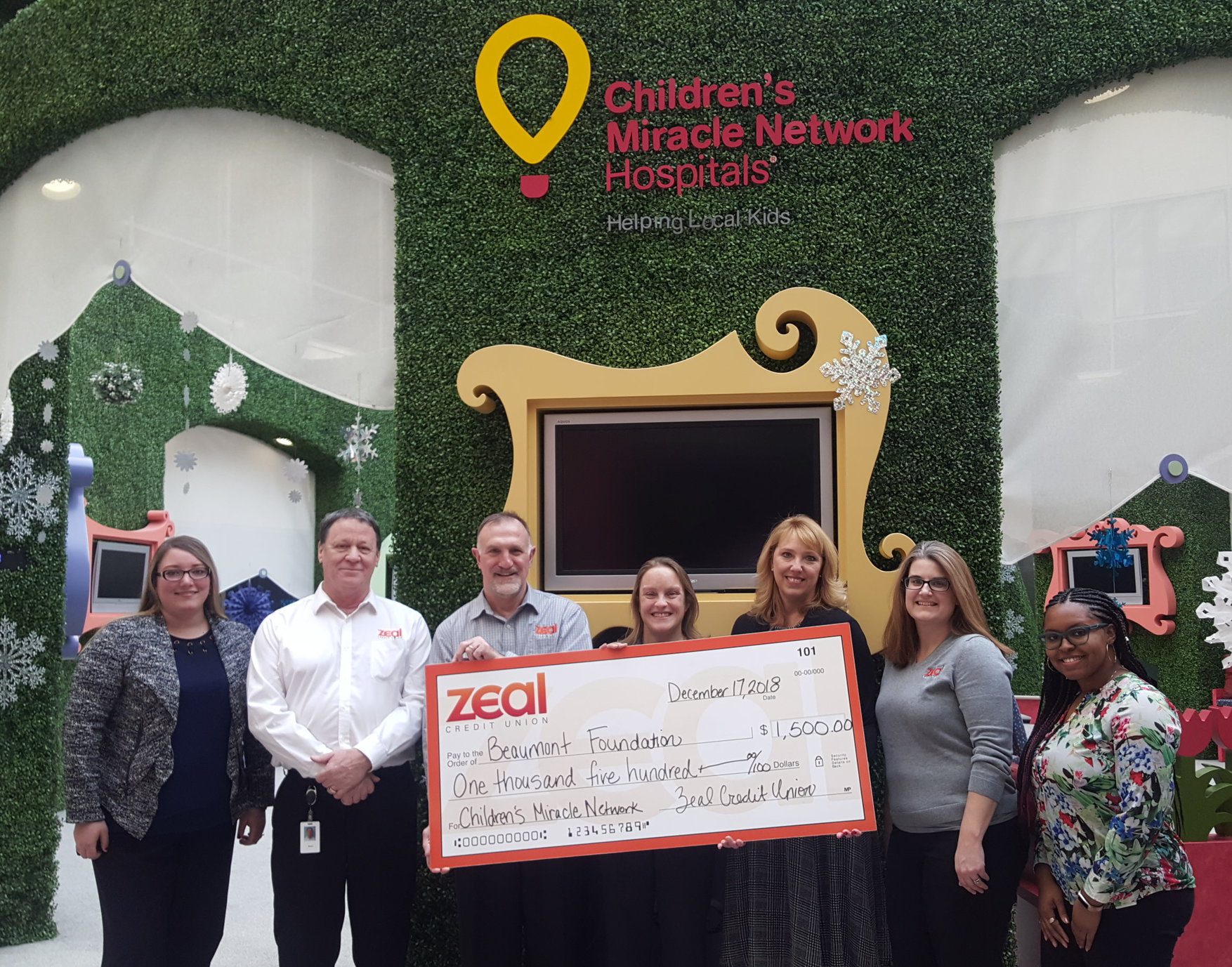

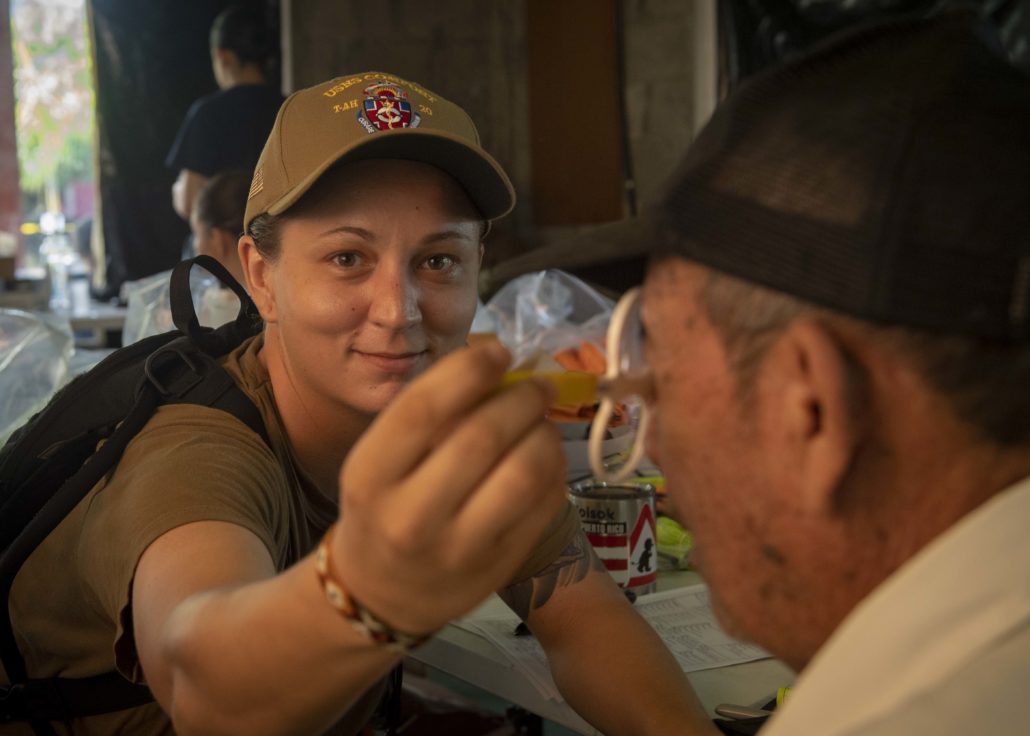
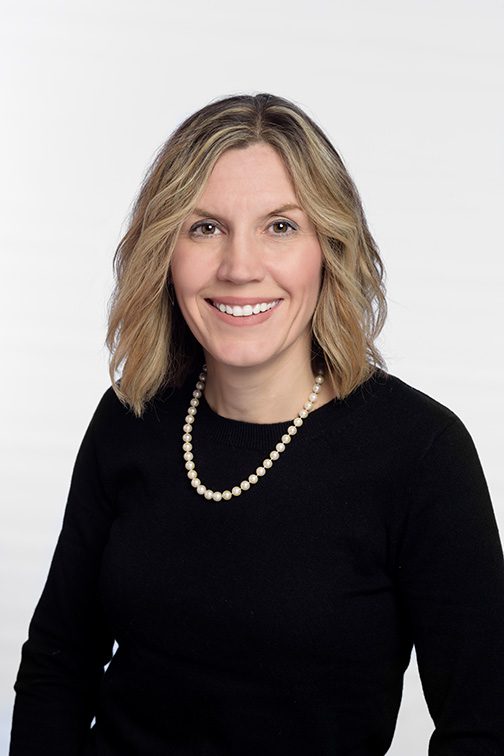
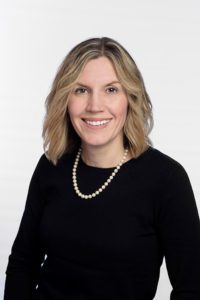
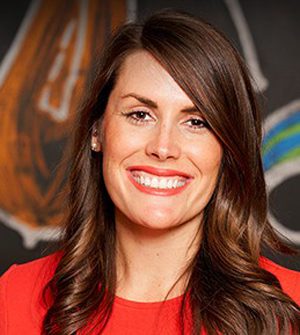
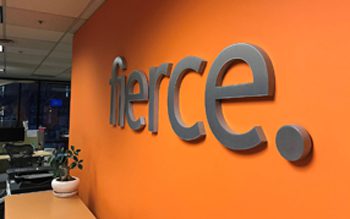
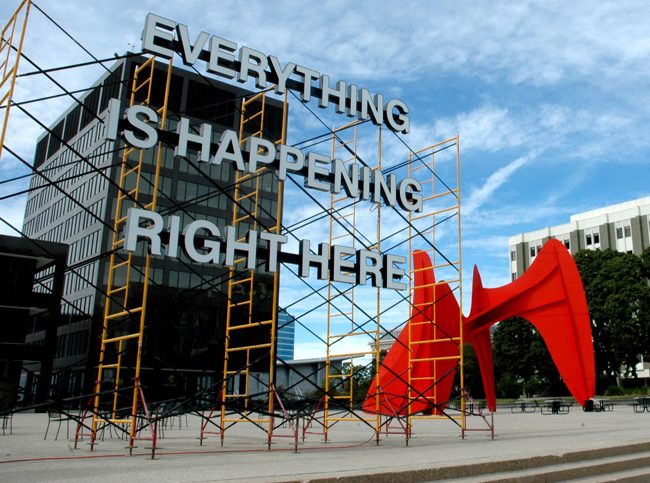






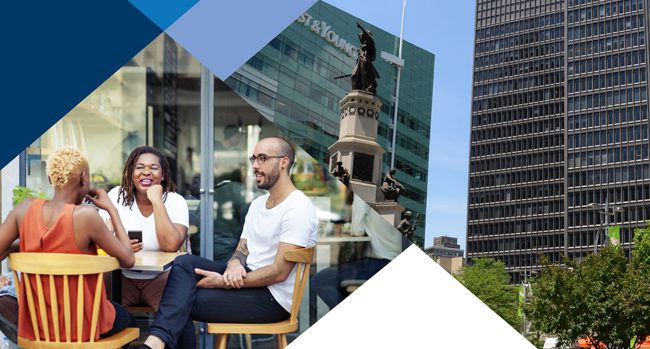
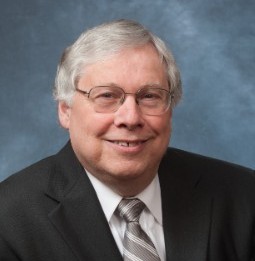


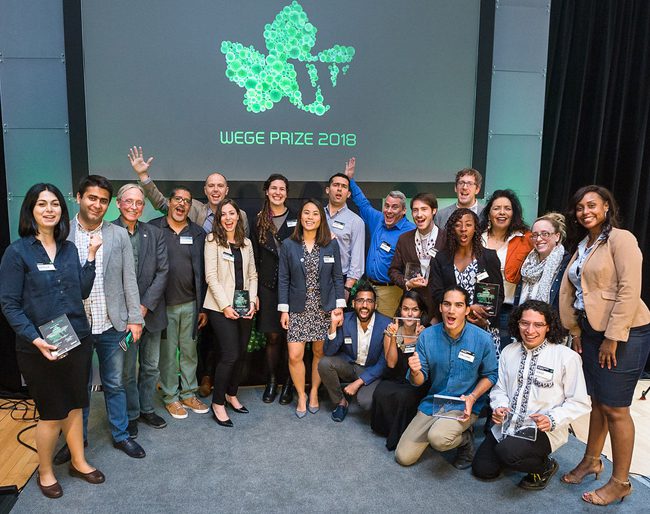



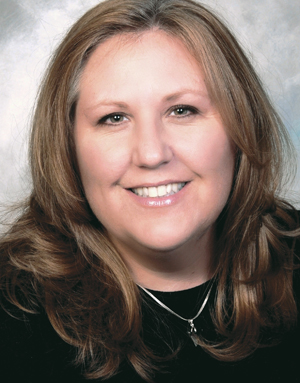
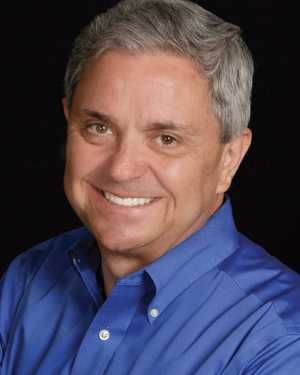
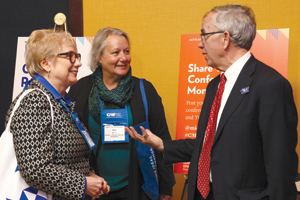
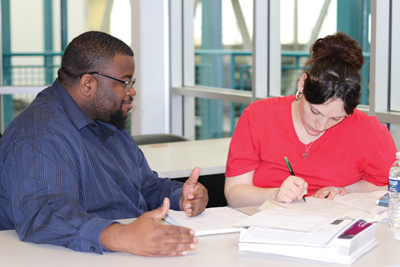
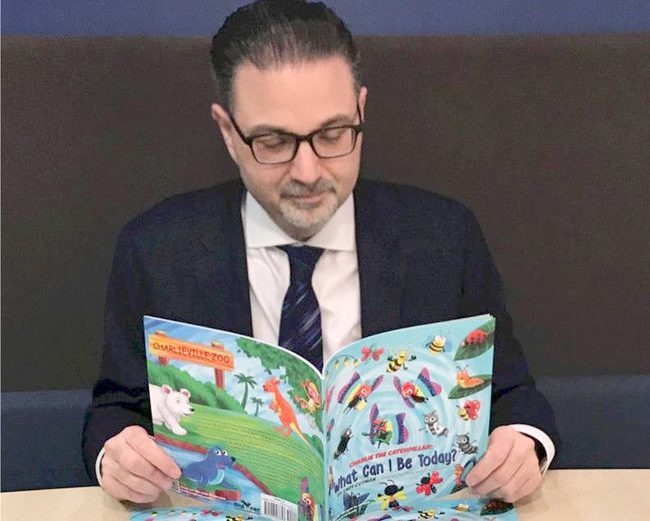
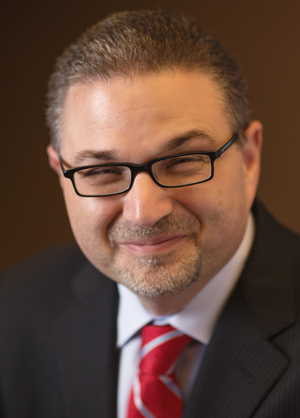


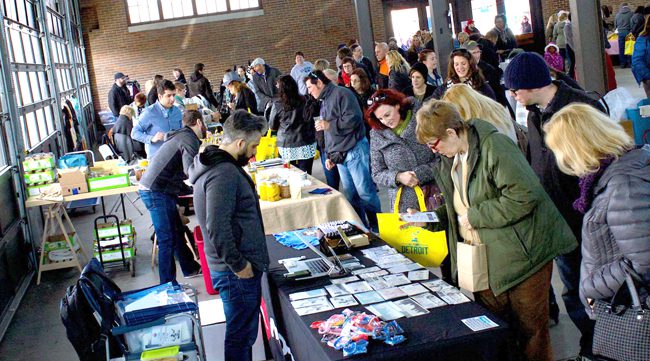



 According to Hoff and O’Dell, Detroit shows that every city has design in its DNA. There’s the great auto plants, such as Warren’s General Motors headquarters designed by noted architect Eero Saarinen. There’s the amazing Cranbrook campus, which was the brainchild of
According to Hoff and O’Dell, Detroit shows that every city has design in its DNA. There’s the great auto plants, such as Warren’s General Motors headquarters designed by noted architect Eero Saarinen. There’s the amazing Cranbrook campus, which was the brainchild of 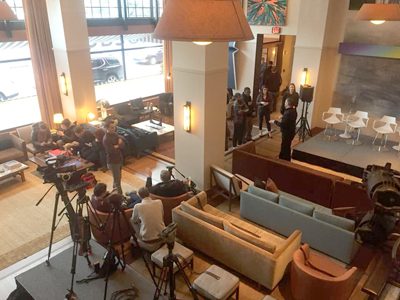
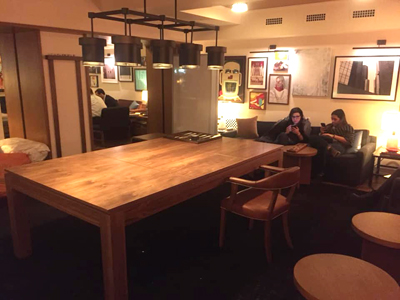 1.
1.  2. The
2. The 